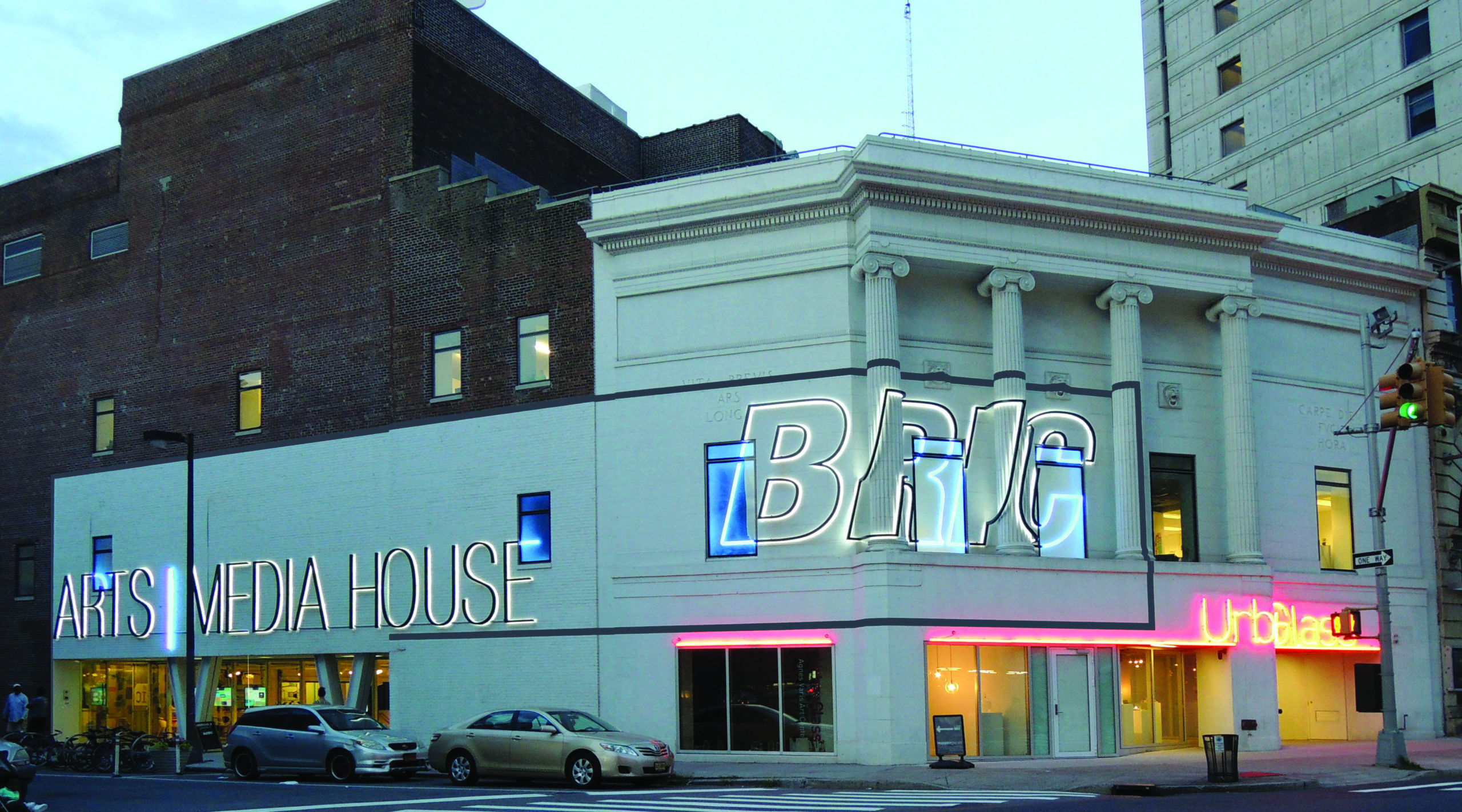Brooklyn-based artists to receive Colene Brown Art Prize unrestricted grants
BRIC, a leading arts and media institution in Downtown Brooklyn, awarded $10,000 each to under-recognized New York-based visual artists.

 The Colene Brown Art Prize is in its third year of helping New York artists achieve their creative goals. This year, the Harold and Colene Brown Family Foundation in partnership with BRIC, awarded $100,000 total to ten artists. The grants are underwritten by artist and former board-member Deborah Brown in memory of her late mother, Colene Brown.
The Colene Brown Art Prize is in its third year of helping New York artists achieve their creative goals. This year, the Harold and Colene Brown Family Foundation in partnership with BRIC, awarded $100,000 total to ten artists. The grants are underwritten by artist and former board-member Deborah Brown in memory of her late mother, Colene Brown.
Among the winners were three talented Brooklynites: Valerie Hegarty, who creates paintings, sculptures and installations which she says “explore issues of memory, place and history.” Painter Aaron Gilbert, whose ‘Psychic Novellas’ portray the complexities of intimate relationships through deeply emotive imagery. And Sara Jimenez, who “creates immersive installations that reflect on marginalized and colonial histories, oppressive and reclaimed power, and loss through her perspective as a Filipino-Canadian.”
All three use the medium of visual art in drastically different ways. The common thread amongst them is the personal qualities, the deeply ancestral and intentional process of bringing themselves – their history and their family’s history – into the work they create. I had an opportunity to talk with them recently about their process, their life in Brooklyn, and their recognition they have deservedly found in the 2022 Colene Brown Art Prize. Here is what they had to say:

Brooklyn Boro
View MoreNew York City’s most populous borough, Brooklyn, is home to nearly 2.6 million residents. If Brooklyn were an independent city it would be the fourth largest city in the United States. While Brooklyn has become the epitome of ‘cool and hip’ in recent years, for those that were born here, raised families here and improved communities over the years, Brooklyn has never been ‘uncool’.